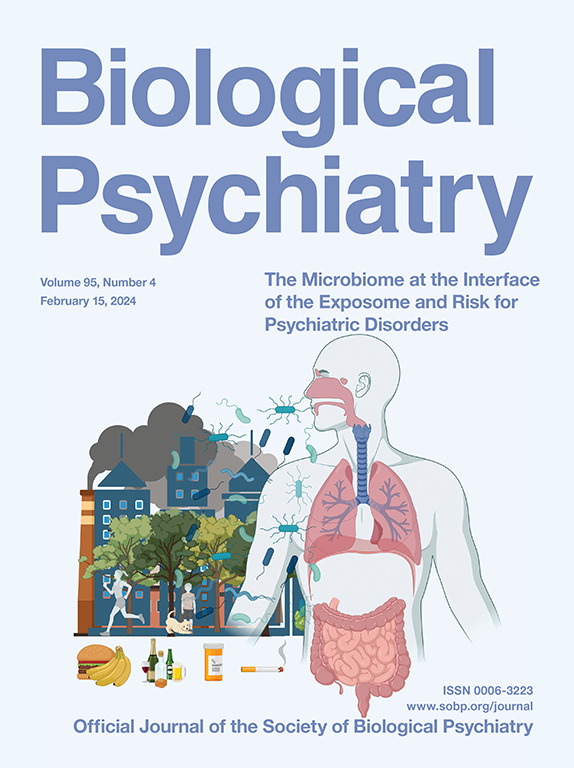The use of single-cell and spatial omics to study copy number variants
IF 9
1区 医学
Q1 NEUROSCIENCES
引用次数: 0
Abstract
Copy number variants (CNVs) are structural genomic rearrangements that alter the number of gene copies in genome. Some CNVs are highly penetrant for psychiatric disorders, where the total CNV impact to a neuropsychiatric phenotype is based on potential contribution from every gene it encompasses. However, it can be challenging to associate the typically numerous genes within the CNV to a mechanistic understanding of how brain dysfunction arises. Thus, open questions in CNV research are: how can the genes driving a phenotype be identified from all genes in a CNV and how can molecular mechanisms that lead to brain dysfunction with numerous potential candidate genes be determined? Until recently, these questions could be addressed only by highly laborious experimental setups that include screening individual and combinatorial knockouts of genes within a CNV. With the advance of single-cell and spatial omics, published high-resolution transcriptional data in space and time can help predict those genes that have the highest potential to drive a phenotype and thus pave the way for more efficient studies from genotype to phenotype. In this review, we discuss current progress in single-cell and spatial omics and propose a strategy for implementing these technologies in CNV research.利用单细胞和空间组学研究拷贝数变异
拷贝数变异(CNVs)是改变基因组中基因拷贝数的结构性基因组重排。一些CNV对精神疾病具有高渗透性,其中CNV对神经精神表型的总影响是基于它所包含的每个基因的潜在贡献。然而,将CNV中典型的众多基因与脑功能障碍如何产生的机制理解联系起来可能具有挑战性。因此,CNV研究中的开放问题是:如何从CNV中的所有基因中识别驱动表型的基因,以及如何确定导致具有众多潜在候选基因的脑功能障碍的分子机制?直到最近,这些问题只能通过高度费力的实验设置来解决,包括筛选CNV内的单个和组合基因敲除。随着单细胞组学和空间组学的进步,在空间和时间上发表的高分辨率转录数据可以帮助预测那些最有可能驱动表型的基因,从而为更有效地从基因型到表型的研究铺平道路。在这篇综述中,我们讨论了单细胞组学和空间组学的最新进展,并提出了在CNV研究中实施这些技术的策略。
本文章由计算机程序翻译,如有差异,请以英文原文为准。
求助全文
约1分钟内获得全文
求助全文
来源期刊

Biological Psychiatry
医学-精神病学
CiteScore
18.80
自引率
2.80%
发文量
1398
审稿时长
33 days
期刊介绍:
Biological Psychiatry is an official journal of the Society of Biological Psychiatry and was established in 1969. It is the first journal in the Biological Psychiatry family, which also includes Biological Psychiatry: Cognitive Neuroscience and Neuroimaging and Biological Psychiatry: Global Open Science. The Society's main goal is to promote excellence in scientific research and education in the fields related to the nature, causes, mechanisms, and treatments of disorders pertaining to thought, emotion, and behavior. To fulfill this mission, Biological Psychiatry publishes peer-reviewed, rapid-publication articles that present new findings from original basic, translational, and clinical mechanistic research, ultimately advancing our understanding of psychiatric disorders and their treatment. The journal also encourages the submission of reviews and commentaries on current research and topics of interest.
 求助内容:
求助内容: 应助结果提醒方式:
应助结果提醒方式:


